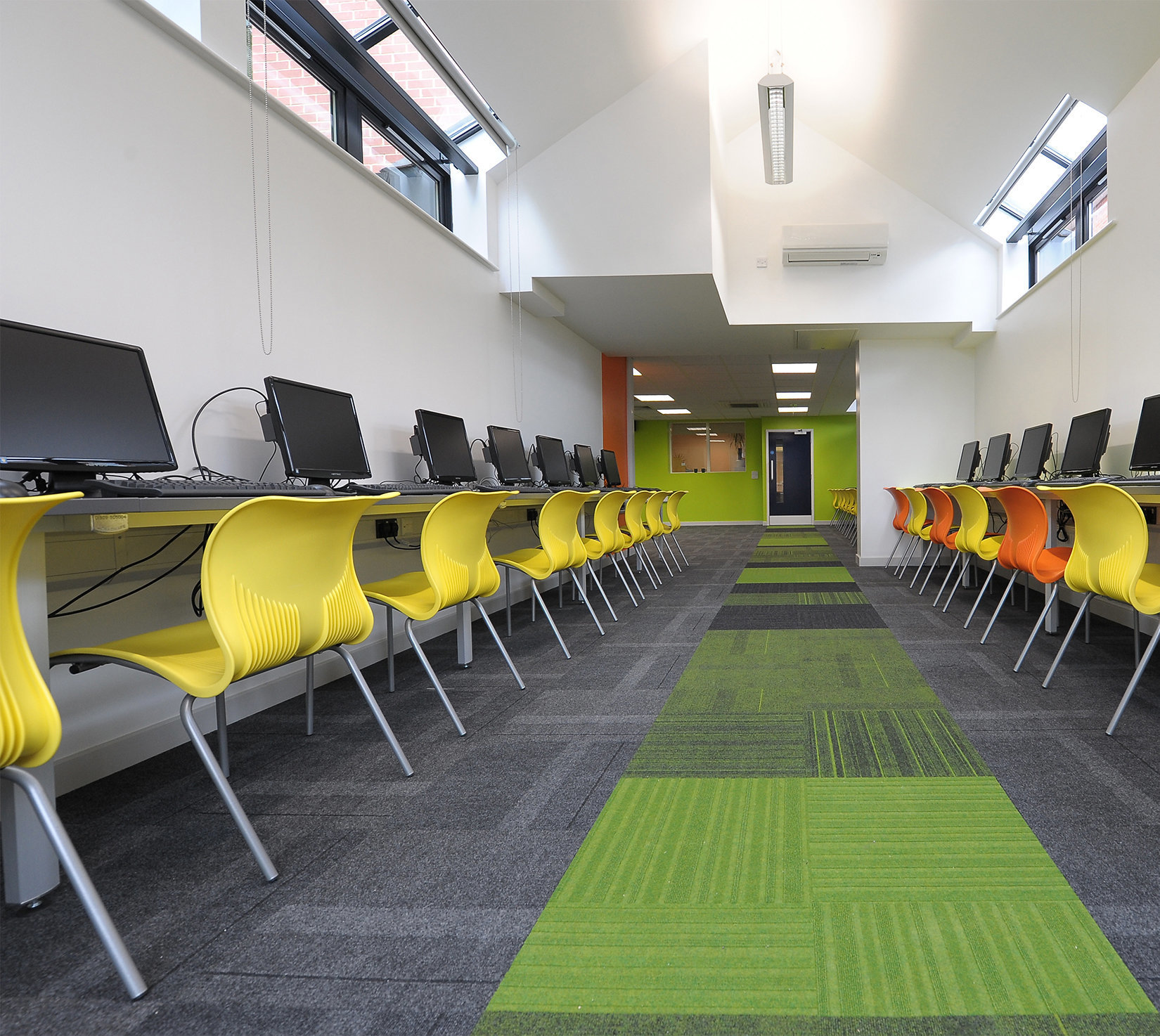A Comprehensive Guide to Office Furniture Fitting-Out

A Comprehensive Guide to Office Furniture Fitting-Out
Introduction:
Furnishing an office is a critical task that can significantly impact the productivity, functionality, and overall atmosphere of the workspace. The right office furniture creates a comfortable and inspiring environment that supports employee well-being and enhances work efficiency. Whether you're setting up a new office or renovating an existing one, this comprehensive guide will walk you through the key considerations and steps involved in fitting out an office with furniture.
- Assess Your Needs:
Before diving into furniture selection, start by assessing your office's specific needs and requirements. Consider the nature of your work, the number of employees, the available space, and any specialized equipment or storage needs. Determine the type of workstations, meeting areas, collaboration spaces, storage solutions, and ergonomic considerations necessary to support your team's productivity and comfort.
- Plan the Layout:
Creating an efficient and functional office layout is crucial for optimizing workflow and maximizing space utilization. Evaluate the available floor plan and consider factors like natural light, traffic flow, and zoning different areas for specific tasks. Collaborate with an interior designer or space planner to design a layout that promotes collaboration, minimizes distractions, and enhances productivity.
- Furniture Selection:
Choose office furniture that aligns with your brand identity, enhances employee comfort, and meets your functional requirements. Consider the following:
a. Desks and Workstations: Select desks that offer ample workspace, ergonomic features like adjustable heights, and integrated cable management to keep the workspace organized.
b. Chairs: Invest in ergonomic chairs that provide proper support for extended periods of sitting. Look for adjustable features, lumbar support, and breathable materials.
c. Meeting Areas: Furnish meeting rooms with appropriate-sized tables and comfortable chairs. Consider the type of meetings you usually hold—small discussions, large presentations—and select furniture accordingly.
d. Collaboration Spaces: Create informal spaces with comfortable seating arrangements, like lounge chairs, bean bags, or modular sofas, to encourage collaboration, creativity, and brainstorming sessions.
e. Storage Solutions: Optimize storage with a mix of filing cabinets, bookshelves, and storage units. Consider mobile storage options to allow for flexibility and easy reconfiguration.
f. Reception Area: Make a lasting impression with stylish and comfortable seating for visitors. Incorporate a reception desk that aligns with your brand identity and creates a welcoming atmosphere.
- Ergonomics and Well-being:
Prioritize the well-being and health of your employees by choosing ergonomic furniture. Ergonomic chairs, adjustable desks, and monitor arms promote proper posture, reduce the risk of musculoskeletal disorders, and enhance overall comfort. Additionally, consider incorporating standing desks or adjustable-height workstations to allow employees to switch between sitting and standing positions.
- Aesthetics and Branding:
Office furniture contributes to the overall aesthetic appeal and branding of your workspace. Choose furniture that reflects your company's style, values, and culture. Consider color schemes, materials, and finishes that complement your brand identity and create a cohesive look throughout the office.
- Sustainability:
Embrace environmentally friendly practices by selecting sustainable and eco-friendly furniture options. Look for furniture made from recycled or responsibly sourced materials. Consider companies with sustainable manufacturing processes, certifications like LEED or BIFMA, and furniture that is easily recyclable or upgradable.
- Budget Considerations:
Establish a budget for your office furniture project and prioritize your spending accordingly. Balance quality, durability, and functionality within your allocated budget. Remember that investing in high-quality, ergonomic furniture can yield long-term benefits by enhancing productivity, reducing health-related issues, and minimizing replacement costs.
Conclusion:
Fitting out an office with furniture involves careful planning, considering functionality, aesthetics, ergonomics, and employee well-being. By assessing your needs, planning the layout,

